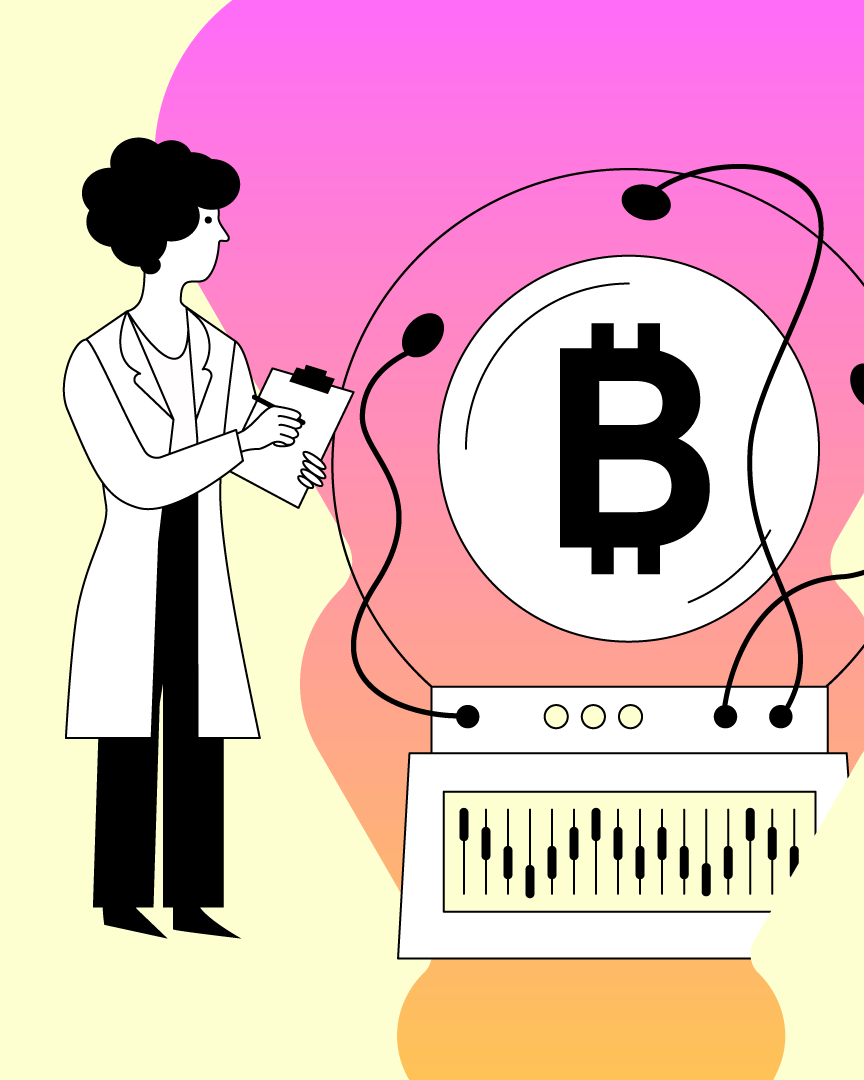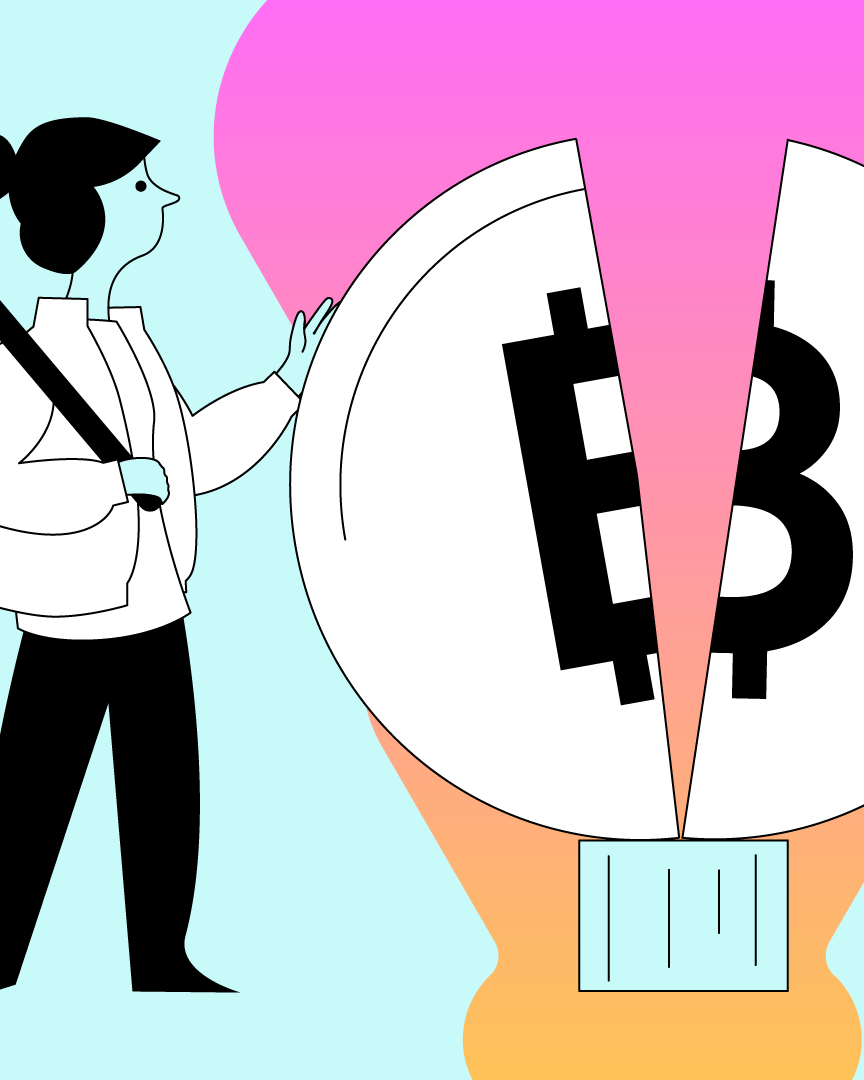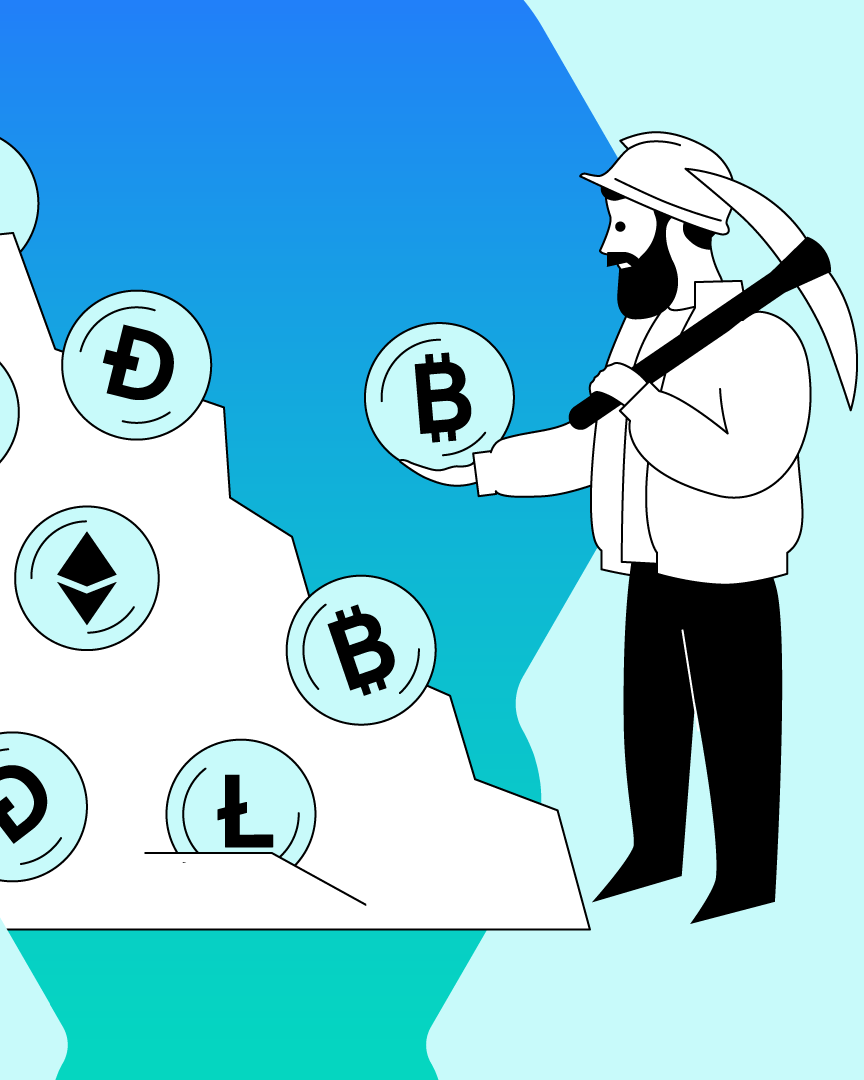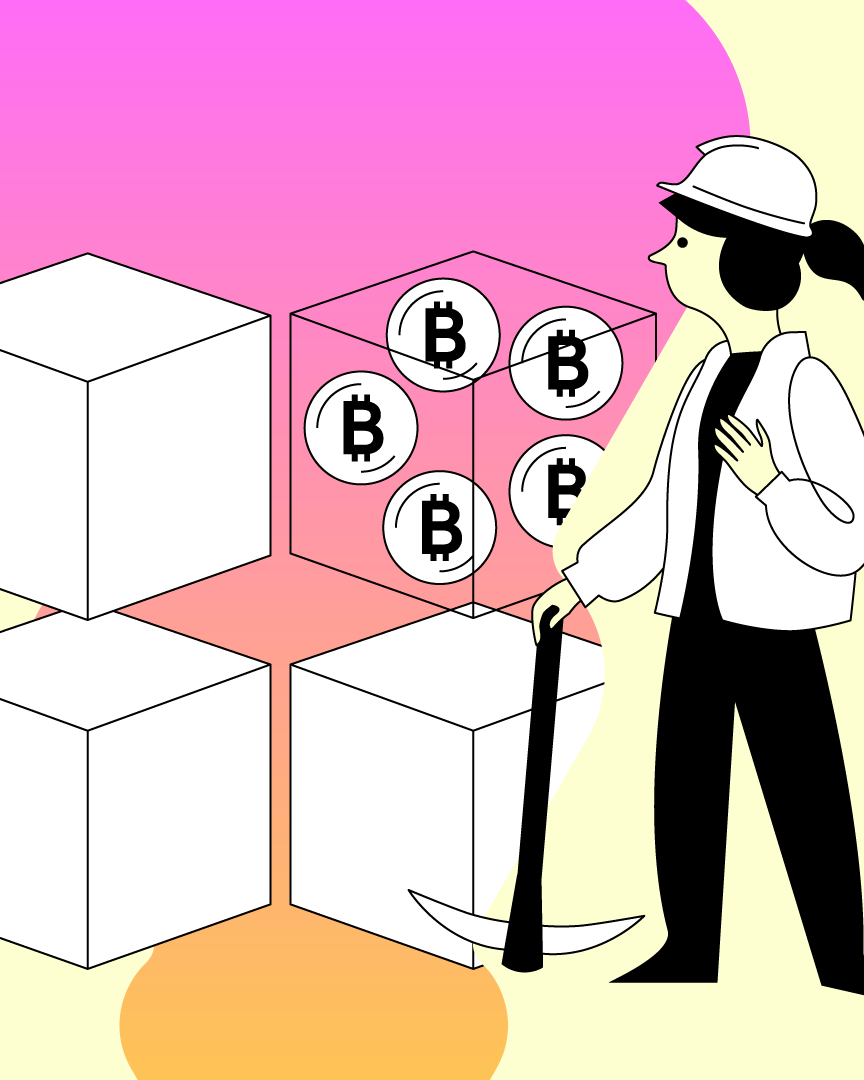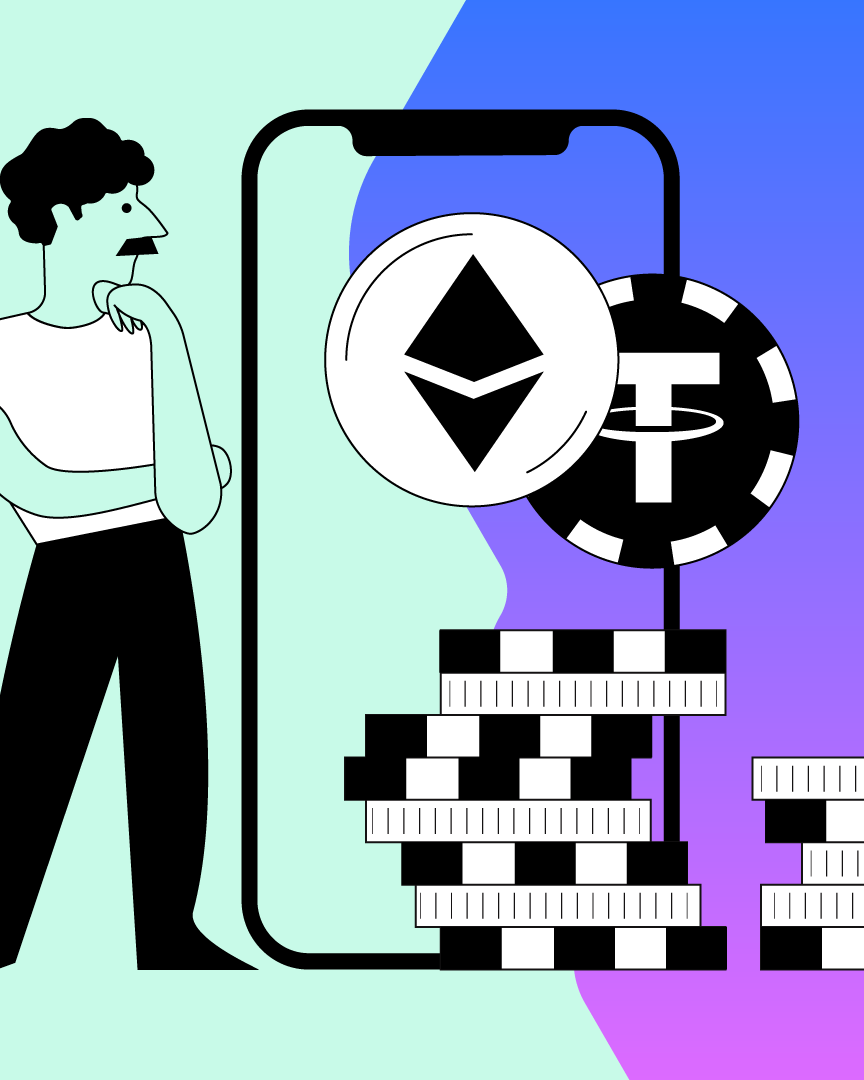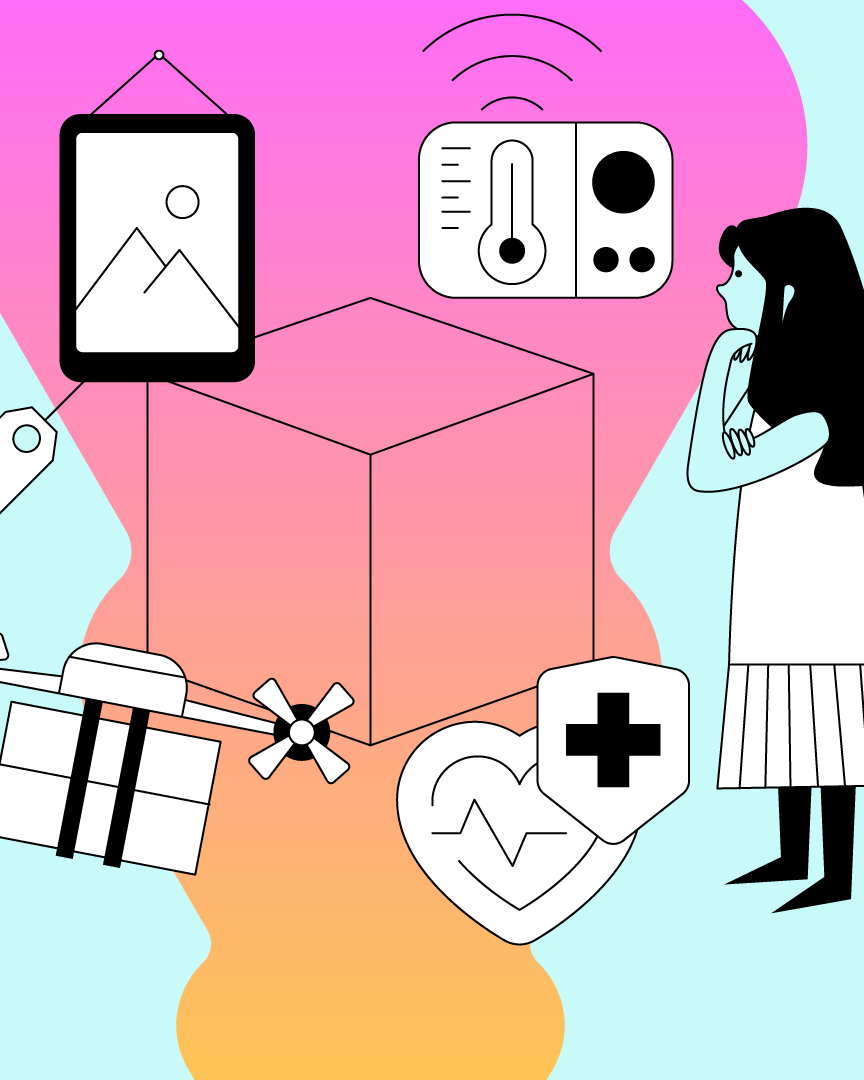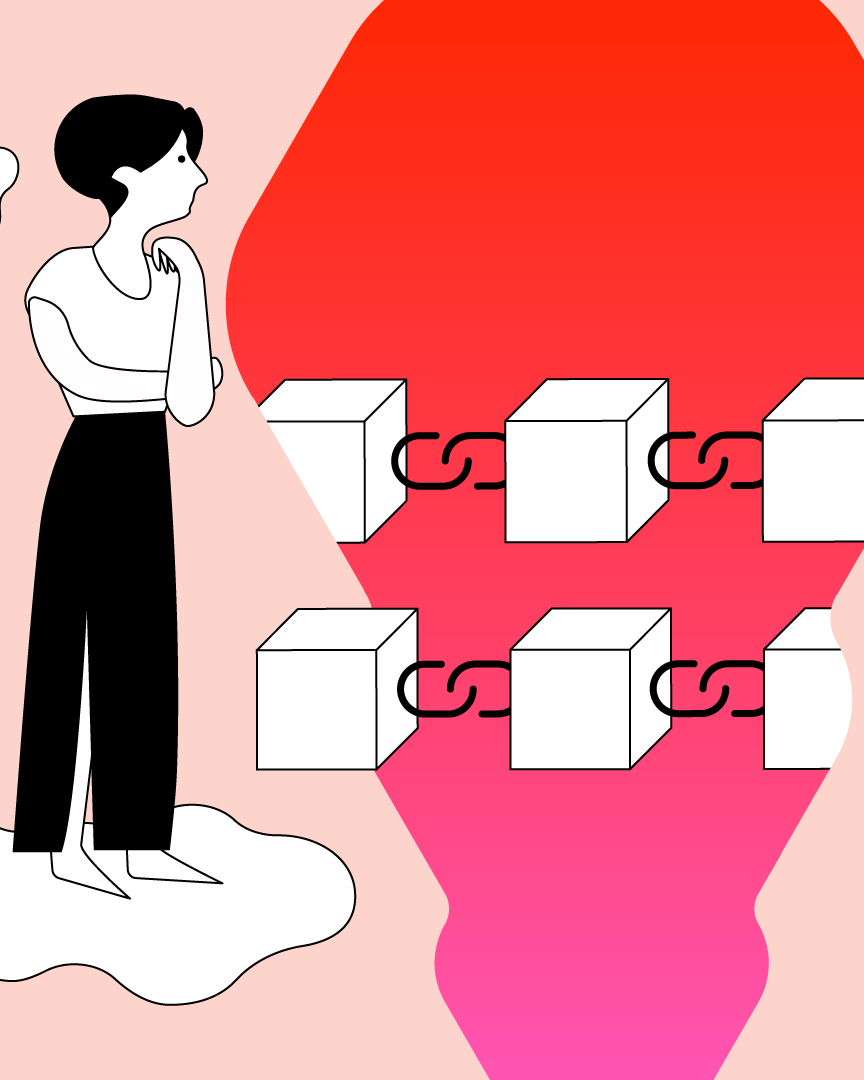1.12 Understanding bitcoin nodes
This lesson explains what a bitcoin node is and the different types of nodes.

Unlike banks and other financial institutions, no central organizations control the Bitcoin network. It is a decentralized, peer-to-peer network, and all the transactions are distributed in a public ledger.
So, the first question is that when you transact a Bitcoin, how does it get processed or transferred. What if the transactions are invalid and like cheques, what if they get bounced? The answer to all your questions is Bitcoin nodes. They verify, broadcast, and secure the transactions.
This lesson explains what a Bitcoin node is and the different types of nodes.
Contents
- What is a Bitcoin node?
- How are miners different from nodes?
- Types of Bitcoin nodes
- Why run a Bitcoin node?
What is a Bitcoin node?
A node is a storage device like a computer or a laptop with an internet connection. The device must have the capacity to store and run the Bitcoin blockchain. Bitcoin nodes work together with miners to maintain the system.
Nodes are connected with each other. They send and receive transactions with other nodes to verify the validity of transactions. Nodes broadcast the transactions in the network, and miners verify them by solving mathematical problems. The more nodes connected to the network, the more robust and powerful the network becomes.
Every node scans new transactions added to the system and ensures that they do not contradict the transaction history. They convey these transactions to other nodes to ensure that all participants maintain identical blockchains or ledgers.
Nodes play a key role in the Bitcoin network. Think of them as the guardians because they constantly monitor the network to separate valid transactions from invalid transactions.
By connecting your computer to the blockchain network, you can play your part in protecting the Bitcoin blockchain from frauds and hacks. The nodal approach allows the Bitcoin network to be decentralized and eliminates the need for a single, central authority.
How are miners different from nodes?
It is important to note that nodes don’t necessarily have to be miners. All miners are nodes, but all nodes are not miners. Let us understand the difference,
A node validates the transactions. While, in addition to validating the transactions, miners have to set up extra hardware equipment and solve complex mathematical problems.
Miners continue to form the blockchain ledger by adding transactions into blocks and linking them to the previous block.
On the other hand, nodes are needed to confirm the validity or legitimacy of the new blocks and transactions. They are still vital to the blockchain system as they contribute to the decentralization of the network.
Types of Bitcoin nodes
There are different types of nodes. However, they are broadly classified into two main categories. They are full nodes and lightweight nodes.
Full node
The function of a full node is to verify the complete Bitcoin blockchain independently. A full node downloads every block and transaction and validates them against the rules of the network.
Full nodes download the complete Bitcoin ledger and update the network as new transactions are added. If any block or transaction violates the rules of the network, a full node will reject it.
Lightweight node
Lightweight nodes, also known as SPV (Simplified Payment Verification) clients, do not download the complete blockchain. They are completely dependent on full nodes to further validate information since they only store the block headers.
So, why would anyone run a lightweight node? Because the lightweight nodes require less storage space as compared to full nodes. As they do not process large amounts of data, the storage and processing requirements are lesser compared to full nodes.
Why run a Bitcoin node?
Miners need constant access to Bitcoin nodes to pick up transactions and access data like the preceding block’s hash. Miners are dependent upon full nodes and in addition to mining, they can also set up their own nodes. While running a node does not have any tangible benefits, it serves the Bitcoin network in the following ways:
- Allows users to verify the state of the Bitcoin network.
- Enables users to verify the supply of Bitcoin.
- Prevents double-spending.
- Monitors the health and security of the Bitcoin blockchain.
- Facilitates miners to acquire the necessary information needed to validate transactions and form the blockchain.
The Bitcoin network becomes resistant to attacks and frauds as long as nodes exist to keep the transactions in check. Bitcoin nodes are like the central nervous system to the network.
They act as gateways (for new blocks and transactions) and highways (to convey the transaction information to all participants) and make the system secure and decentralized.
DE
This material does not constitute investment advice, nor is it an offer or solicitation to purchase any cryptocurrency assets.
This material is for general informational and educational purposes only and, to that extent, makes no warranty as to, nor should it be construed as such, regarding the reliability, accuracy, completeness or correctness of the materials or opinions contained herein.
Certain statements in this educational material may relate to future expectations that are based on our current views and assumptions and involve uncertainties that could cause actual results, performance or events to differ from those statements.
BB Trade Estonia OU and its representatives and those working directly or indirectly with BB Trade Estonia OU do not accept any liability arising from this article.
Please note that investing in cryptocurrency assets carries risks in addition to the opportunities described above.




